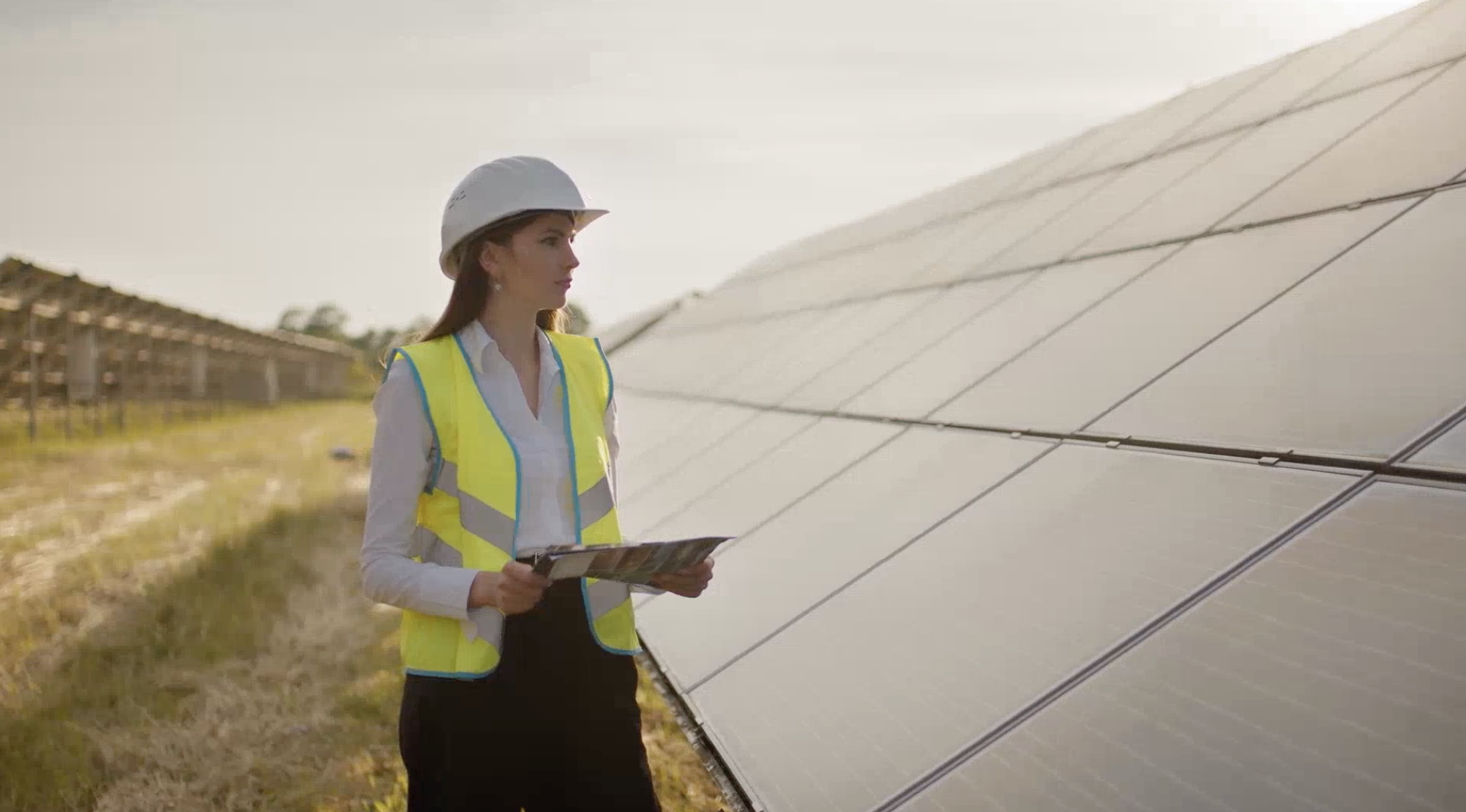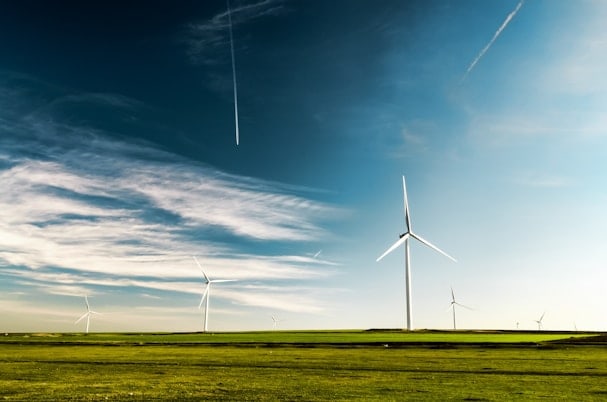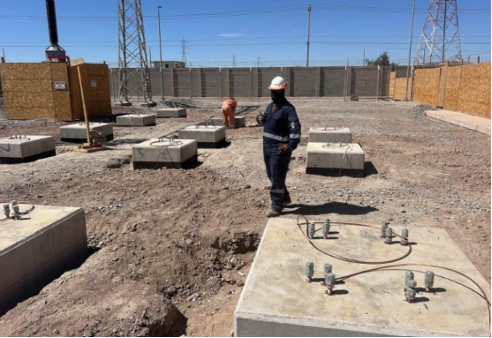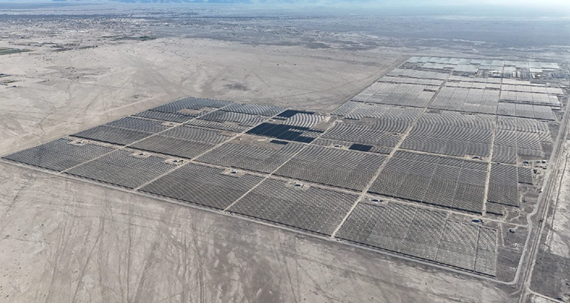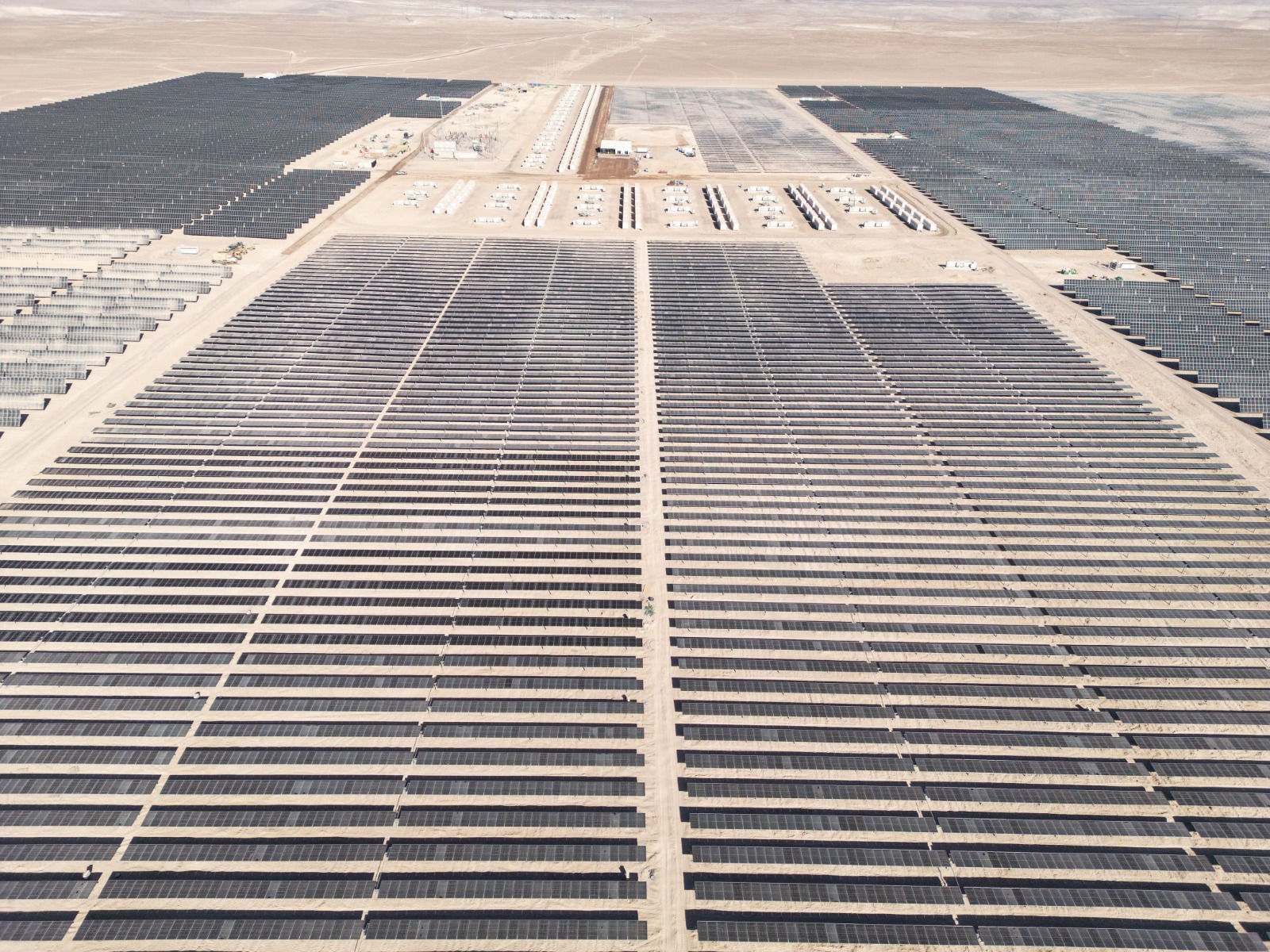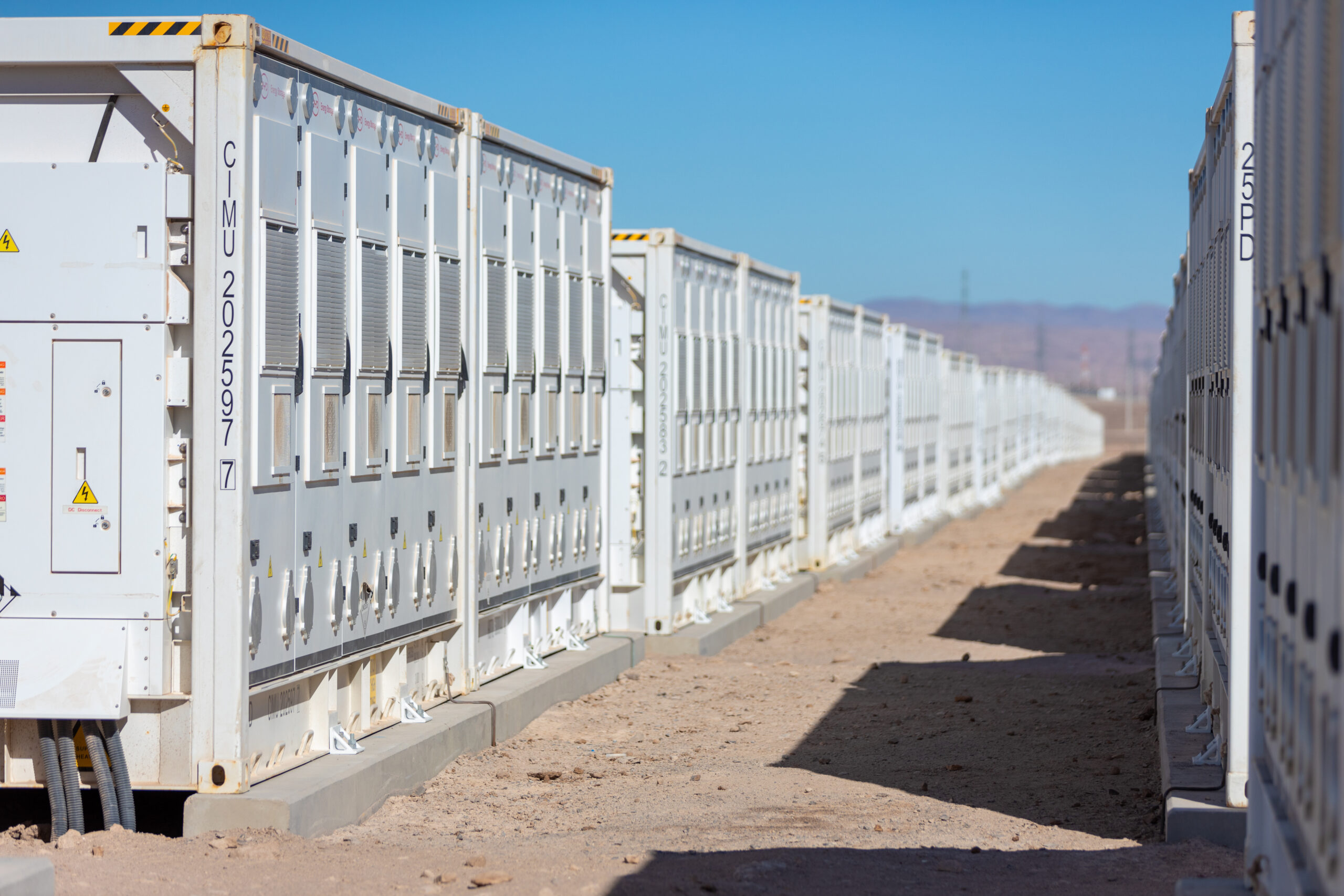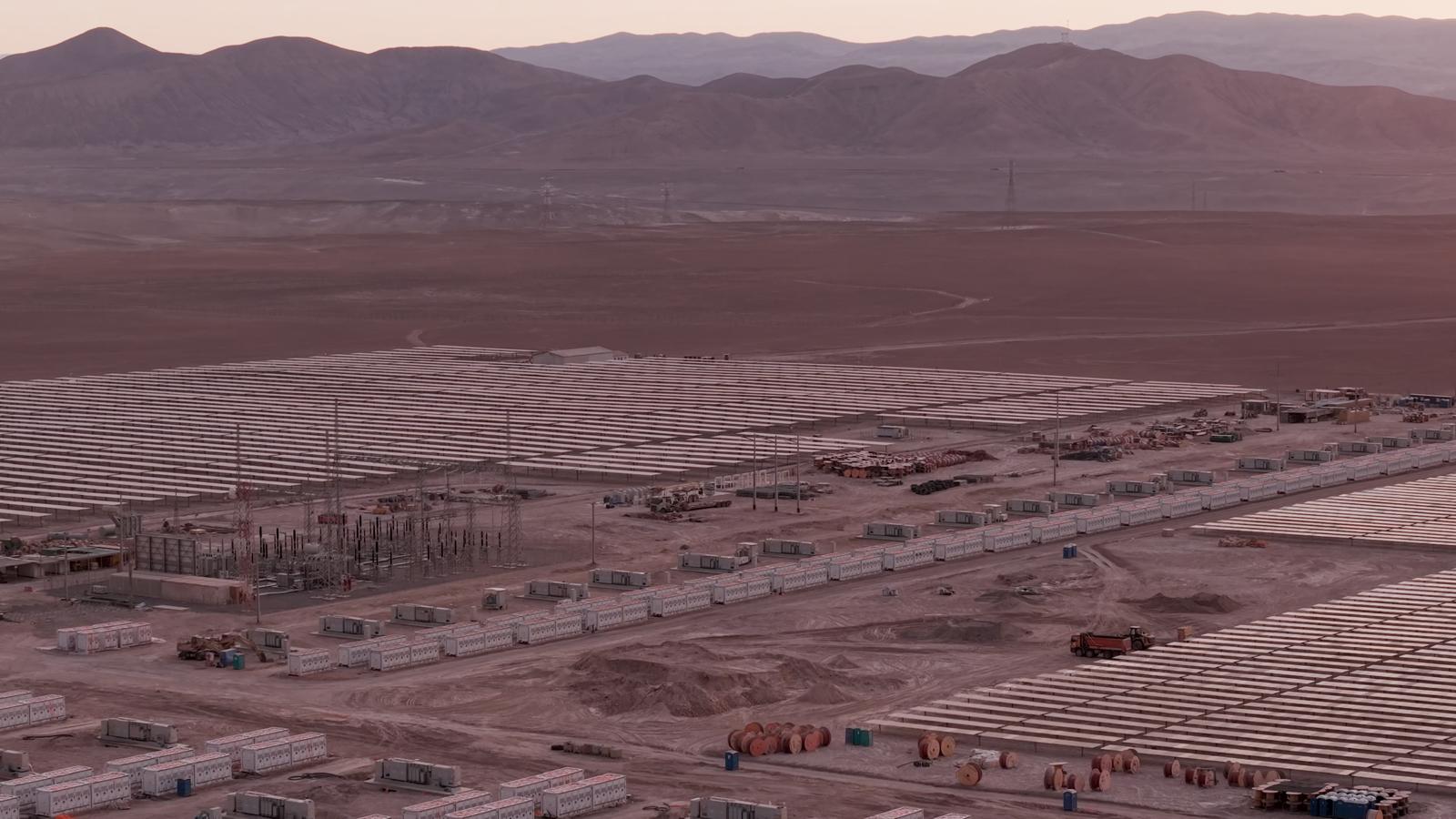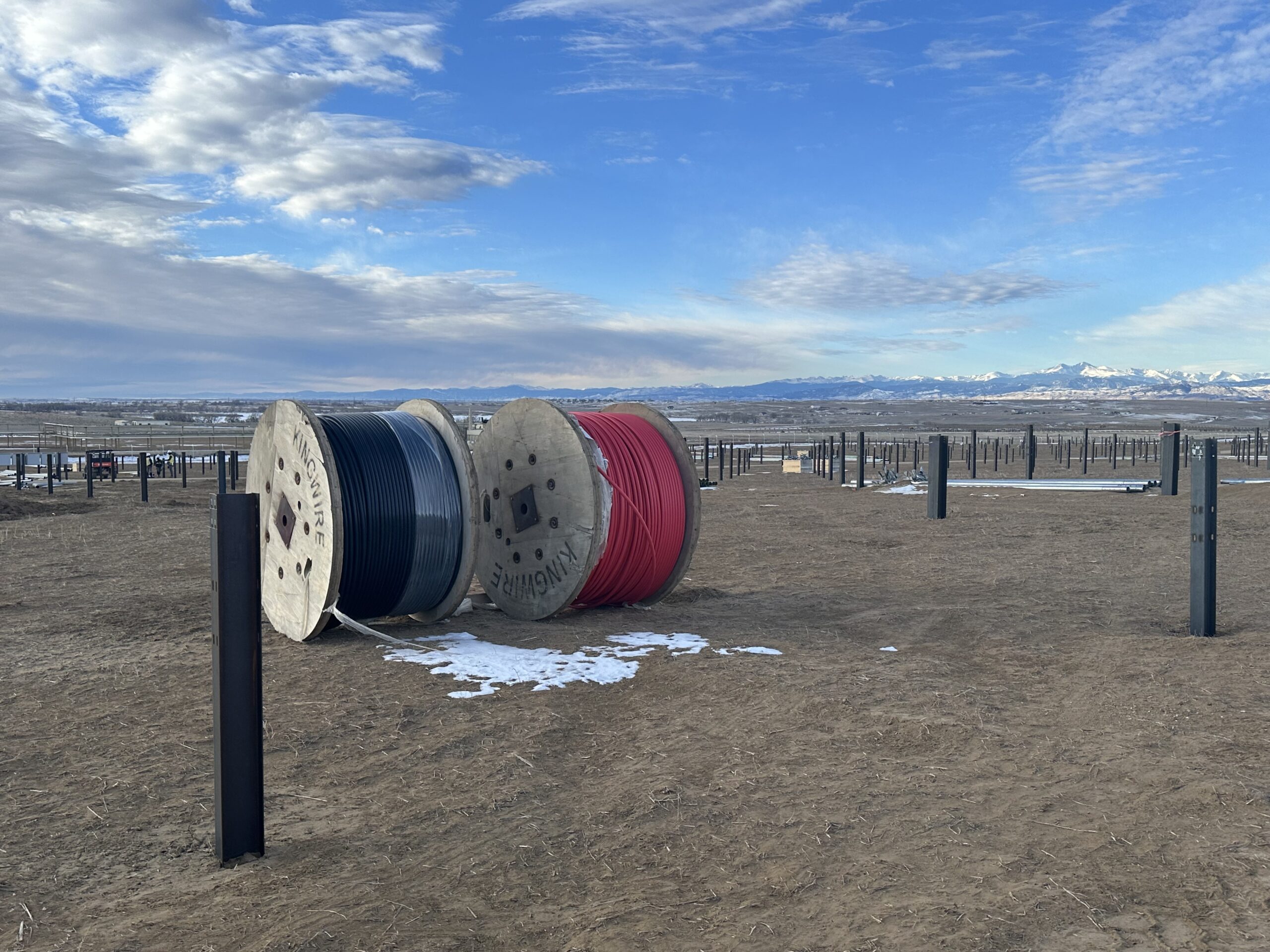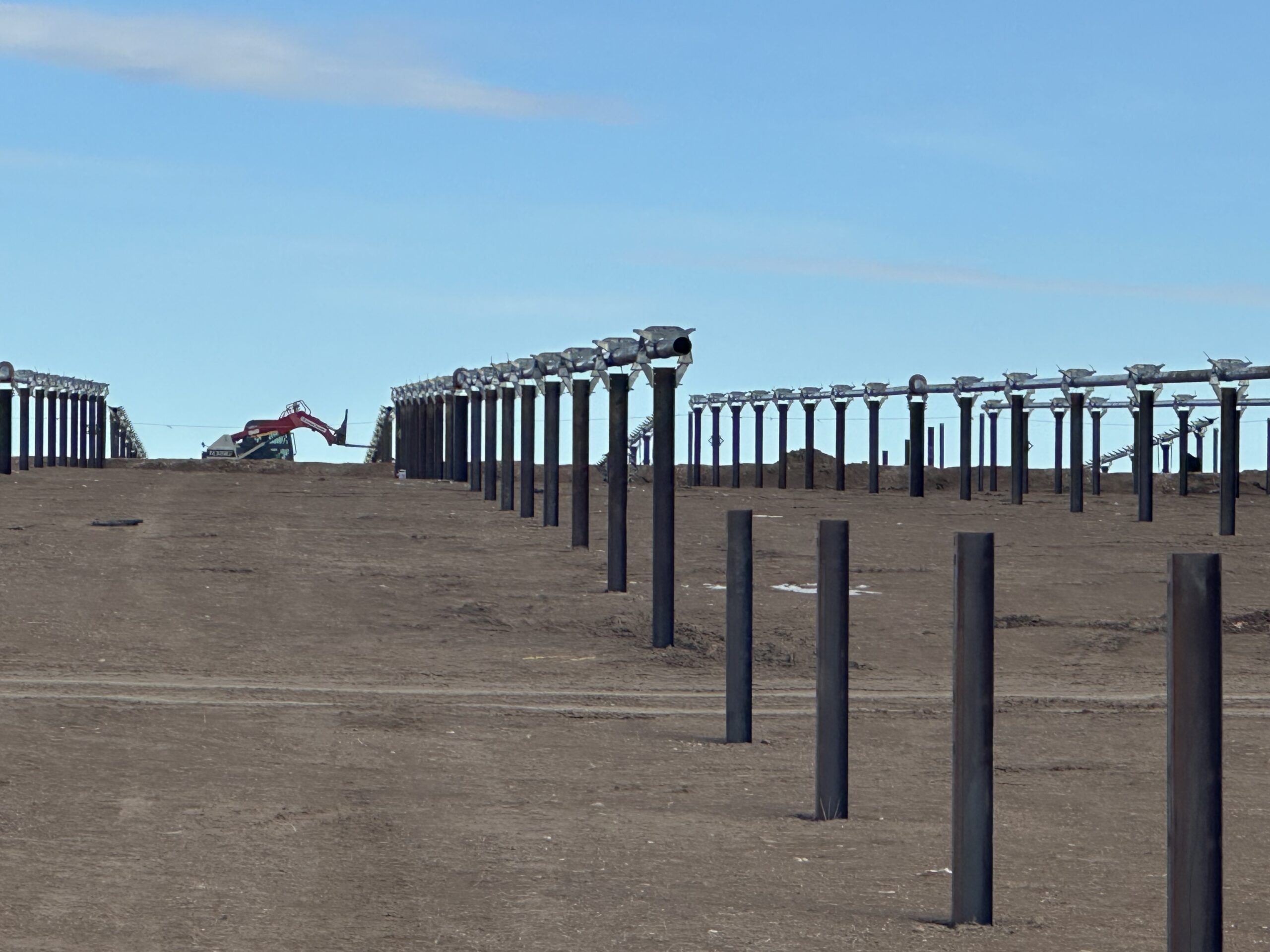In Chile, we are pioneering hybrid models that combine large-scale solar generation with high-capacity, long-duration energy storage. Quillagua plant is already fully operational, forming a 221 MWp photovoltaic complex equipped with a 1.2 GWh battery storage system. This advanced system enables the delivery of 200 MW of clean energy for up to 6.2 hours after sunset, making Quillagua the largest solar plant with storage in Latin America. The project operates under a long-term overnight purchase agreement (PPA), ensuring the reliable supply of renewable energy at night.
At the same time, we are nearing the finalization of Victor Jara project (231 MWp PV + 1.3 GWh BESS) , which, together with Quillagua, will form one of the world’s most advanced hybrid energy complexes in Chile’s Atacama Desert. Once completed, these facilities will reach a combined capacity of 851 MWp of solar PV and BESS, with 2.5 GWh of storage, enabling continuous energy delivery for up to 6.5 hours after sunset under the innovative “Sun at Night” model and PPA.
